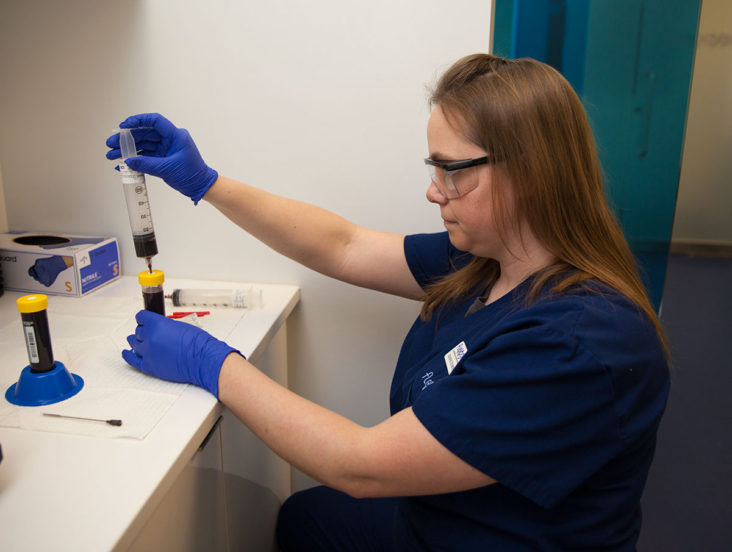 Regenerative medicine is a field of medicine in which human and animal cells are replaced with their own counterparts. This includes the replacement of tissue and organs. Its primary aim is to repair and replace damaged organs and tissues in the body. In the long run, this could help cure diseases and save lives. You can learn more at regenerative medicine near me
Regenerative medicine is a field of medicine in which human and animal cells are replaced with their own counterparts. This includes the replacement of tissue and organs. Its primary aim is to repair and replace damaged organs and tissues in the body. In the long run, this could help cure diseases and save lives. You can learn more at regenerative medicine near me
Regenerative medicine includes several areas of research. One of the most promising areas involves the use of biomaterials, which are created by 3D printing. These materials can then be implanted in the body where new tissue is needed. This technique can be used for many purposes and may eventually complement traditional transplantology.
The field of regenerative medicine involves several methods, including gene and cell therapies. Gene therapy, for example, uses genetic materials to manipulate a patient’s own cells. Other treatments involve the repair of damaged tissues or organs. Regenerative therapies could help treat many serious diseases, such as cancer and organ failure.
Gene transfection is a key tool for enhancing the properties of cells. However, this method is not without its risks. It may be expensive, but it may provide a long-term benefit. For now, it is an experimental treatment and the demand is high. The goal of regenerative medicine is to be able to produce these treatments routinely. However, this will take more time and research.
Currently, several treatments involving stem cells are available in the United States. Only a few have been approved by the Food and Drug Administration (FDA) for use in humans, but many more are in clinical trials. The number of approved products is expected to increase over the next several years. Unfortunately, the lack of oversight and regulation of regenerative medicine has made the industry ripe for unscrupulous businesses to market unregulated products.
Regenerative medicine focuses on using cultured and artificially processed cells to repair or replace damaged tissues and organs. This technique is a new approach to treating many different diseases and conditions. It has the potential to restore lost organ function and improve quality of life for patients. For example, it can improve the brain function after a traumatic ischemic stroke.
Stem cells are a valuable resource for regenerative medicine. But the challenge is obtaining sufficient numbers of these cells. Hence, scientists are increasingly exploring mesenchymal stem cells as a viable source of therapeutic cells. These cells are more easily accessible and safe than somatic cells. Furthermore, these cells can be isolated and expanded from bone marrow. This means that mesenchymal stem cells are an ideal cell source for regenerative medicine.
Adult stem cells are available in the body, but only in small amounts. They are found in bone marrow and fat, and are less likely to differentiate into specialized cells. This is because adult stem cells are thought to only make blood cells.
Business NAP
QC Kinetix (Gahanna)
5175 Morse Rd, Suite 450
Gahanna, OH 43230
(380) 208-4544